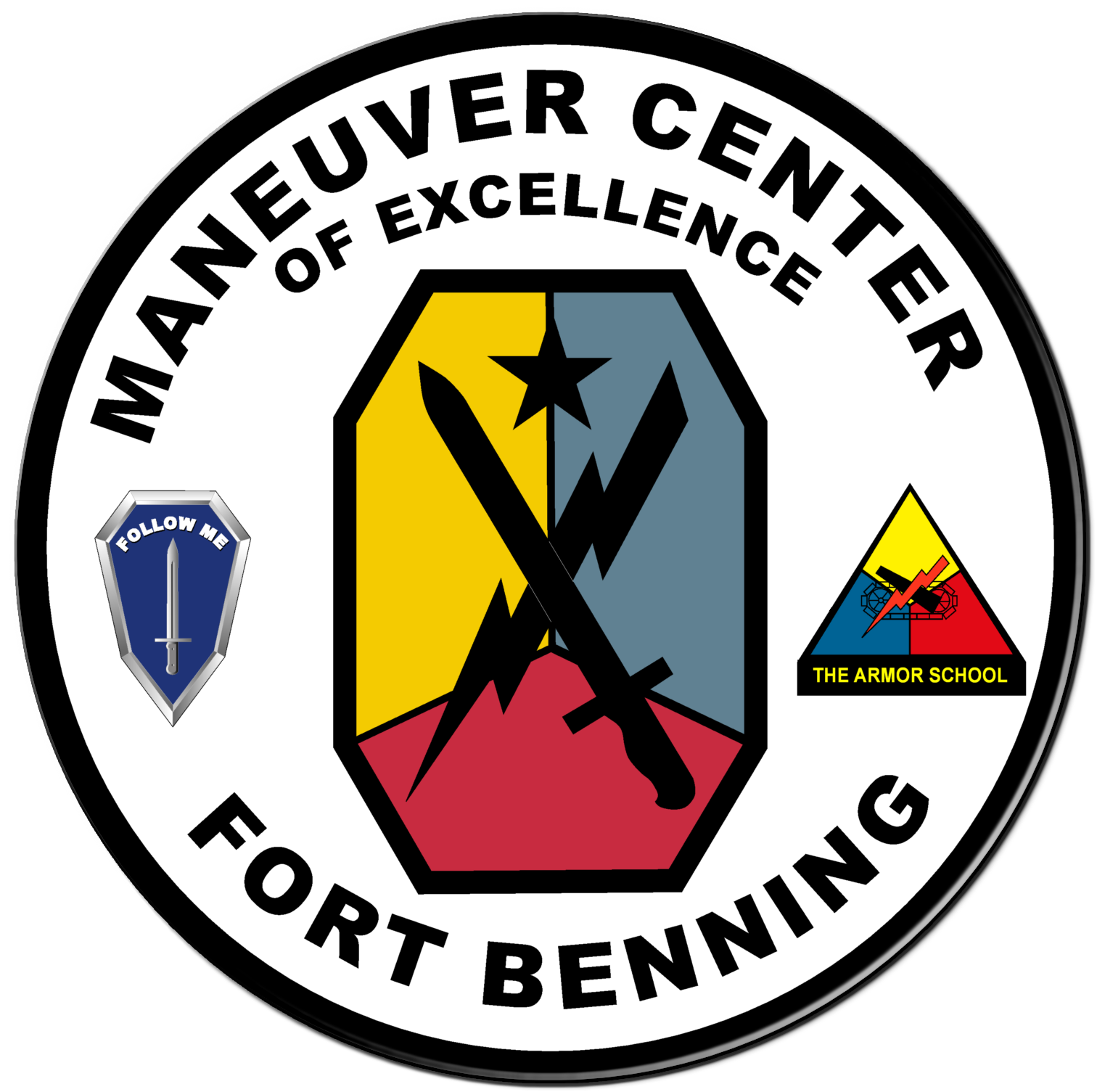Fort Benning
U.S. Army Fort Benning and The Maneuver Center of Excellence

1st Battalion, 29th Infantry Site
1st Battalion, 29th Infantry
History
1st Battalion (Mechanized/Stryker), 29th Infantry Regiment traces its lineage to the initial 29th Infantry which was constituted on 29 January 1813, and saw service in the War of 1812. Following this, the Regiment was merged with the 6th Infantry. The second 29th Infantry was constituted on 3 May 1861, as the 3rd Battalion, 11th Infantry; this unit was reorganized and redesigned the 29th Infantry in September of 1866, it was later disbanded, and the present 29th Infantry was formally activated by Congressional order on 3 March 1901 as Company A, 29th Infantry Regiment at Fort Sheridan, Illinois under the command of Colonel W.M. Van Horn.
One year after its organization, the 29th set sail from San Francisco for the Philippines. The Regiment served with distinction on the islands of Cebu, Panay, and Negros. After quelling the insurgency, the Regiment remained to suppress bandits until its departure in April, 1904. The 29th performed garrison duties in Utah and Arizona until 1907, when it returned to the Philippines. In 1909 it was transferred to garrison duties in upstate New York, where it remained until 1917, when it was sent to Panama to guard the Panama Canal and German prisoners of war.
The 29th left Panama in September 1918 and arrived at Camp Beauregard, Louisiana shortly thereafter. The Regiment was assigned to the newly-formed 17th Division, which was preparing to sail to Europe. In late September an epidemic of influenza struck which delayed preparations. By the time the epidemic was over, the Armistice of 1918 had been signed, ending the war in Europe. The Regiment remained in Camp Shelby, Mississippi demobilizing troops returning from overseas.
In 1919, the 29th arrived at Camp Benning and immediately assumed the duties of the Demonstration Regiment for the then-new Infantry School. In addition, it was given the mission of actually building the post. For eight years the men of the 29th lived in tents while they built the Cuartel Barracks, Gowdy Field, and Doughboy Stadium, among other things. During this time the Regiment adopted the motto "We Lead The Way" in light of its mission as Demonstration Regiment and trainers for the Infantry School.
In 1940, soldiers of the 1st Battalion pioneered the airborne concept with activation of the original parachute test platoon. When the United States entered World War II, the 29th Infantry moved to Iceland, where it defended the rocky coastline until shipped to England for the invasion of Europe. In December, 1944 the Regiment deployed to France where it provided security to the "Red Ball Express", the supply route which kept the armored thrust rolling into Germany. During the "Battle of the Bulge", the Regiment secured and defended river crossings along the Meuse River, Belgium. The Regiment saw heavy combat in Belgium and was then deactivated in October, 1946.
Reactivated on Okinawa in May, 1949, the 29th Regiment was attached to the 24th and 25th Divisions from 24 July to 5 September 1950. The 1st and 3rd Battalions suffered heavy losses during fighting in the vicinity of Chinju, Masan, and during the establishment of the Pusan perimeter. The Regiment returned to Okinawa in September 1950 where it remained until it returned to Fort Benning in November 1954.
Through a number of designation changes and parent unit shuffles, the mission of 1st Battalion (Mechanized/Stryker), 29th Infantry Regiment remains a demonstration, support, and instructional unit for the United States Army Infantry School. On a daily basis, soldiers of the unit live their motto -
“OUTRIDERS"